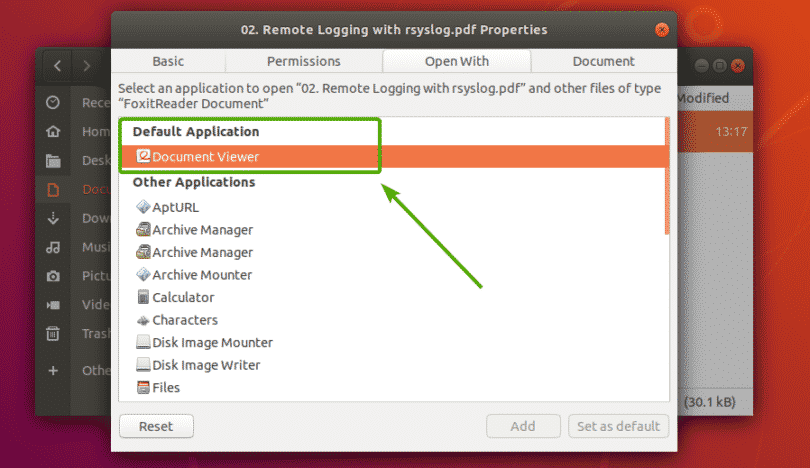
HTML JavaScript is able to manipulate such objects as Window. Similarly, HTML JavaScript cannot access objects within a PDF file.Foxit PDF SDK JavaScript does not have access to objects within an HTML page.Therefore, it is important to understand two fundamental differences between Foxit PDF SDK JavaScript library and JavaScript used in a Web browser, also known as HTML JavaScript: PDF documents have great versatility since they can be displayed both within the Foxit PDF SDK software as well as a Web browser. Because the Foxit-specific objects are added on top of core JavaScript, you still have access to its standard classes, including Math, String, Date, Array, and RegExp.

Foxit’s library objects enable a developer to manage document security, communicate with a database, handle file attachments, manipulate a PDF file so that it behaves as an interactive, web-enabled form, and so on. Foxit PDF SDK JavaScript implements extensions, in the form of new objects and their accompanying methods and properties, to the JavaScript language. It is extremely useful for Web applications that need to use less memory from the server by offloading it onto the client. Working with JavaScript using Foxit PDF SDK (Java)įoxit PDF SDK JavaScript is a language implemented within our library based on the core of JavaScript’s version 1.5.


 0 kommentar(er)
0 kommentar(er)
